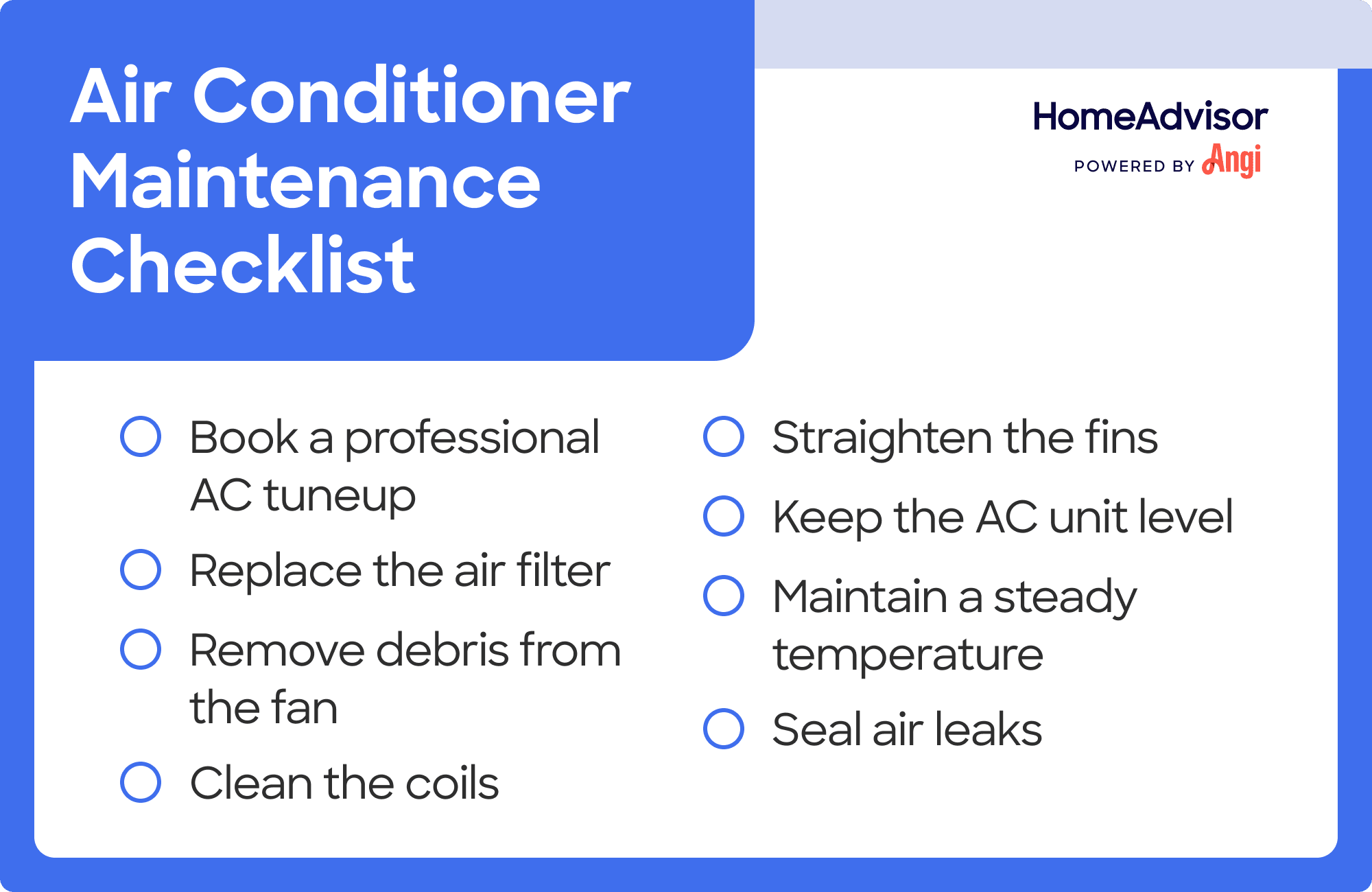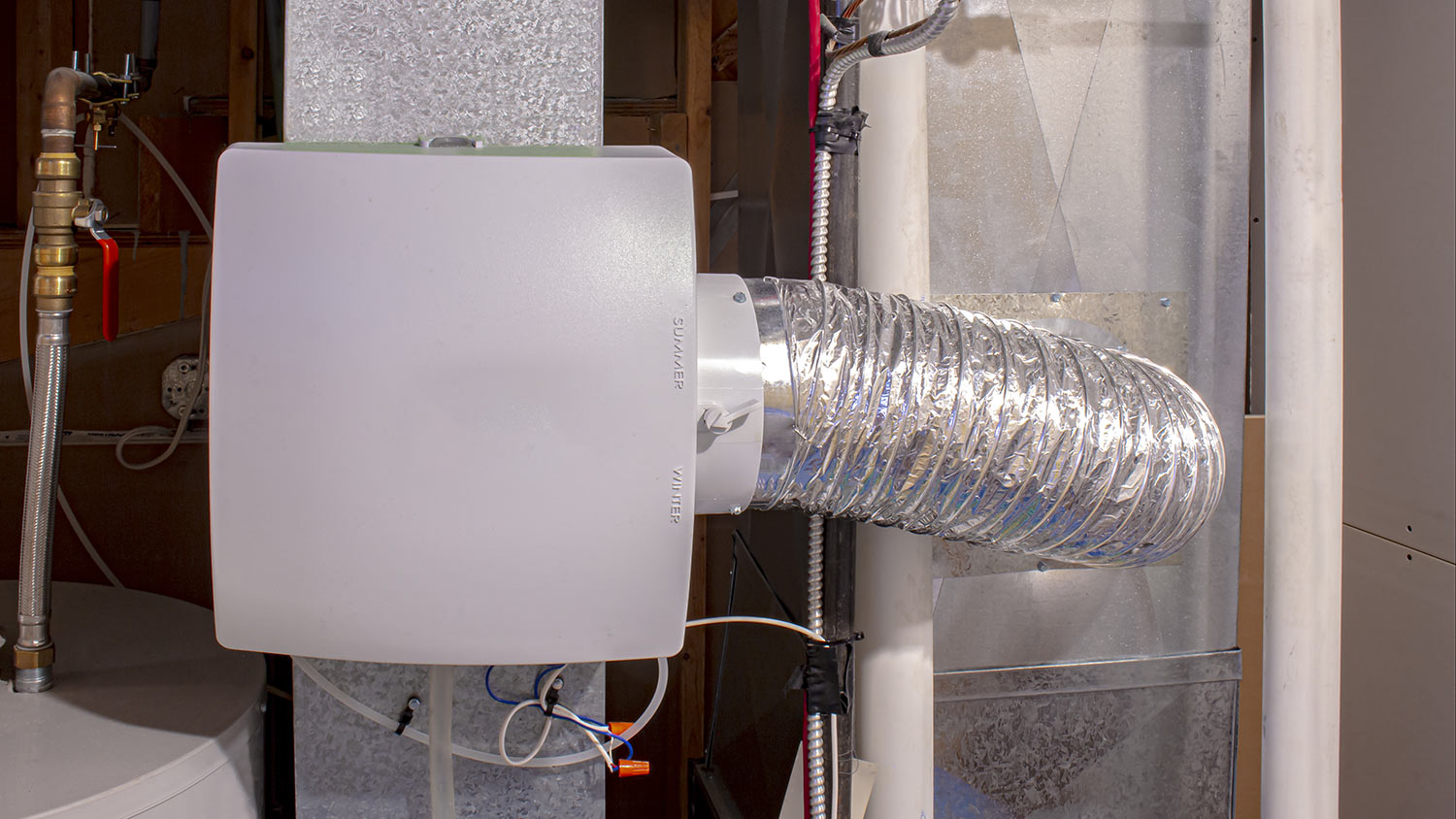
The cost of replacing an AC unit fan motor depends on warranties, labor, season, and more. This cost guide covers everything you need to know about this HVAC part.
AC coil cleaning costs an average of $250


AC coil cleaning costs range between $100 and $400 on average, with an average total of $250.
The cost of cleaning AC coils depends on the cleaning method, coil type, cleaning frequency, and accessibility.
You may need to clean both the condenser and evaporator coils.
Annual cleaning is recommended to maintain efficiency and performance.
Coils that are especially dirty may need to be removed or undergo an acid wash.
This article was updated using automation technology and thoroughly reviewed for accuracy by HomeAdvisor Editor Ryan Noonan.
AC coil cleaning costs an average of $250, with most homeowners spending between $100 and $400. Your total cost is based on cleaning frequency, cleaning method, ongoing maintenance, accessibility, and coil type.
Booking the service once a year keeps your HVAC running at peak efficiency. Plan for this small expense now to avoid bigger repair bills later. A seasoned HVAC pro will clean the coils correctly and help your system last longer.
Cleaning your coils should be a part of your regular air conditioning maintenance schedule. Several key factors can impact the cost of cleaning AC coils.
Expect your pro to ask where the unit is located—attic, crawl space, or an easily accessible furnace room—because tight spots can drive up labor time and price. Cleaning the evaporator coil may require difficult access to the attic or crawl space, which can increase costs. However, if your air handler is located in an easily accessible furnace room, cleaning evaporator coils often costs less.
Condenser coils on the outside of the building are often easier to access. However, they may be more difficult to reach if they’re on the roof or on the outside of a multi-story building. Technicians may need specialized equipment or additional safety measures.
Regular maintenance keeps costs down because the technician can quickly clean a lightly soiled unit instead of wrestling with months of grime. Infrequent cleaning of neglected coils leads to greater dirt accumulation, making the cleaning process more labor-intensive.
Agreeing to a regular maintenance plan or service contract can reduce your per-cleaning costs. Local conditions, such as dust and pollen, may require more frequent cleaning.
If the buildup is extreme, your technician may have to pull the coil out for a hands‑on scrub. In this case, you can expect to pay $400 to $700. You can avoid this by changing your filters monthly and having regular cleanings.
Prices differ for evaporator and condenser coils, and you’ll want both cleaned during routine maintenance.
| Coil Type | Average Cost Range |
|---|---|
| Evaporator coil | $100–$700 |
| Condenser coil | $75–$200 |
Cleaning an evaporator coil costs $100 to $700 and often falls on the higher end because the coil is hidden inside the air handler. You’ll find it housed inside the air handler near your furnace (or within your ductwork if you only have an AC unit).
Outdoor condenser-coil cleanings cost $75 to $200 and are quicker because the technician can easily reach the coil with a coil cleaner and a garden hose. However, it's also easy to damage the fins and other components if you don’t know what you’re doing, making this a job that’s best left to a local HVAC cleaning professional.
If your unit requires a deep clean, acid washing exterior condenser coils costs between $300 and $350. Let a unit sit too long, and debris, dirt, and mineral deposits pile up. This results in a significant loss of efficiency, which can increase strain and wear on the motor, potentially leading to premature breakdown or failure.
Acid washing quickly dissolves these deposits, restoring the AC coils to their former efficiency. Acid washing releases potentially harmful fumes, so only trained AC pros should apply it to exterior coils.

Plan to have a pro clean the evaporator coils once a year—usually during your annual HVAC inspection or AC tuneup. This helps maximize energy efficiency and performance. However, you may need to clean your evaporator coils more frequently if you run the AC system often or have a dirty filter.
Dirty coils can increase the AC's energy consumption by 30%, so it's worth keeping on top of regular cleaning and maintenance. Keep your home clean, choose a high-quality filter, and change it regularly to minimize the need for frequent evaporator coil cleaning.
Condenser coil cleaning, the one located outside your home, happens during your annual AC tuneup for $75 to $100. As a separate service, duct cleaning costs $270 to $500 and covers the evaporator coil, located in the air handler inside your home.
Schedule at least one cleaning a year to keep your system running efficiently. If you have an AC service contract, you may be able to get your coils cleaned quarterly.
Coil cleaning sits at the heart of routine AC maintenance, right alongside those annual inspections. Expect to pay $100 to $400 per cleaning. You should get the coils cleaned by an AC pro at least once a year, or more frequently if you live in an area where they accumulate dirt easily.
To help manage the expense, many HVAC companies offer annual maintenance plans that include regular coil cleaning. These can provide cost savings and more predictable expenses. You can also combine it with other services, such as an AC tune-up ($75 to $100, although you may pay a bit more to have the evaporator coil cleaned) or duct cleaning ($270 to $500), which usually covers the evaporator coil but rarely the outdoor condenser. Leave room in your budget for potential repairs that may be identified during the cleaning process.
No place is more important than your home, which is why HomeAdvisor connects homeowners with local pros to transform their houses into homes they love. To help homeowners prepare for their next project, HomeAdvisor provides readers with accurate cost data and follows strict editorial guidelines. After a project is complete, we survey real customers about the costs to develop the pricing data you see, so you can make the best decisions for you and your home. We pair this data with research from reputable sources, including the U.S. Bureau of Labor Statistics, academic journals, market studies, and interviews with industry experts—all to ensure our prices reflect real-world projects.
From average costs to expert advice, get all the answers you need to get your job done.

The cost of replacing an AC unit fan motor depends on warranties, labor, season, and more. This cost guide covers everything you need to know about this HVAC part.

Discover the cost of window AC installation, exploring factors like unit size, labor rates, outlet installation, accessories, and disposal fees.

Need an AC Recharge? Here’s how much it costs, what factors affect cost, and what to expect.

Budget for AC capacitor replacement costs based on factors such as the capacitor type, size, labor, potential repairs, location, season, and more.

Wondering who installs whole-house humidifiers? Hire a licensed HVAC technician. Learn what they do, other pro options, and how to hire confidently